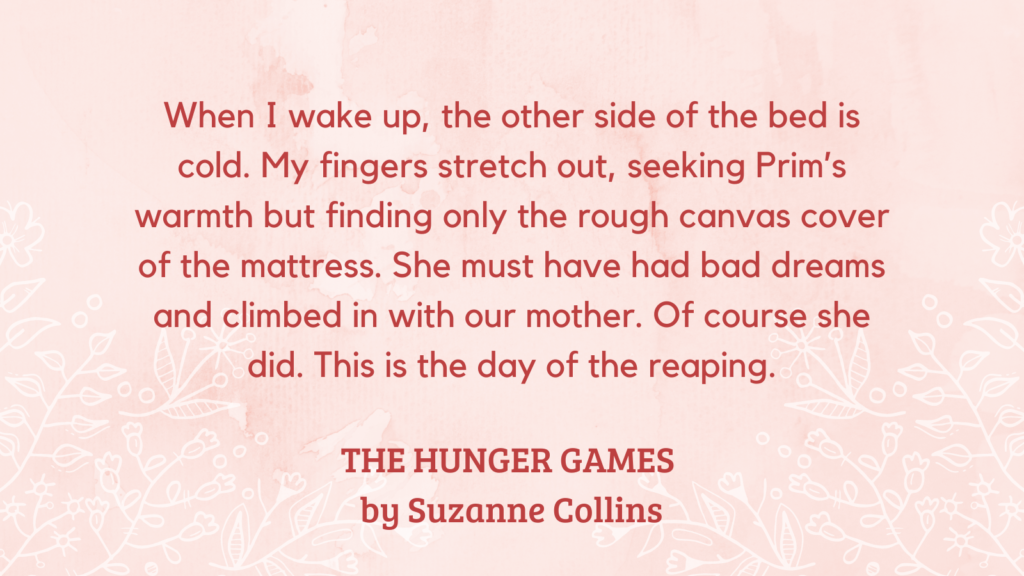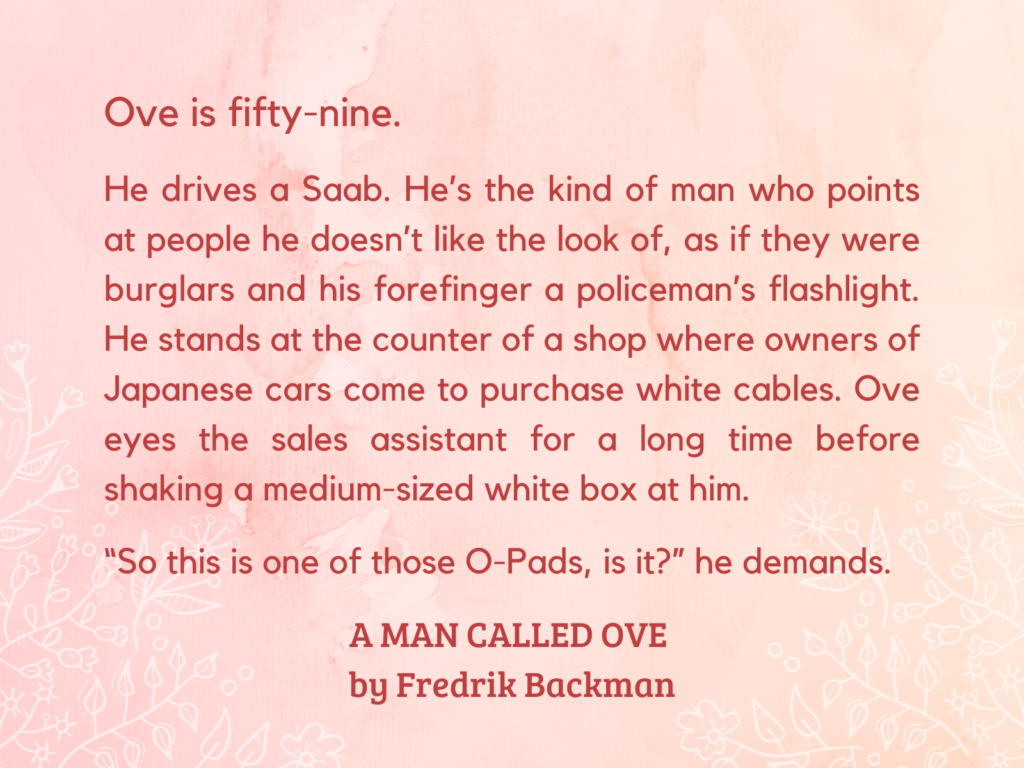Having established the three categories of Point of View—first-, second-, and third-person—we move on to types of narration. These are variables that can occur within a Point of View, some overlapping and others mutually exclusive. We begin with Present Tense.
Poetry in prose
Present Tense Narration recounts story events as they occur instead of after the fact. The narrator speaks predominately in the Simple Present, sometimes called the Lyric Present because of its common use in ballads and song lyrics.
As a result, this lends the story a subtly poetic style.

This type of narration can feel unnatural to read on first encounter. In the real world, when we narrate our lives, we typically use the progressive aspect instead of the simple present1.
So, where we would naturally tell someone, “I’m running to the store” or “She’s singing at the top of her lungs,” the Present Tense Narrator tells the Reader, “I run to the store” or “She sings at the top of her lungs.”
This small but potent distinction makes this type of narration more labor-intensive to write. Authors have to guard against slipping in unnecessary progressive aspects—and especially against reverting into the more standard Past Tense mode of storytelling.
And, because of its not-quite-natural cadence, some readers have trouble connecting with this narrative style as well.
Present Tense across categories
While we generally associate Present Tense Narration with First Person Point of View, it appears in the other POV categories as well. It’s almost standard in Second Person, thanks to its in-the-moment effect.
Third-person Present has a number of notable works too. For example, A MAN CALLED OVE by Fredrik Backman:

Because Present Tense immerses the Reader directly into events as they happen, it fosters a sense of urgency in the narrative. This lends it well to high-stakes, high-action conflicts—such as THE HUNGER GAMES or THE BROKEN EARTH trilogy—as well as plots with strong introspective or emotional arcs.
It is a compelling rhetorical approach, but also, perhaps, a trendy one. I won’t lay odds, but I foresee it becoming a hallmark of this era’s literature when future generations look back to study our work.
- What are your favorite Present Tense stories?
- Why might you choose Present over Past Tense Narration?
Up next: Objective Narration
Previous: Third Person Point of View
Index Page: Point of View
- Grammar aside: the progressive aspect specifies actions in progress, things that are continuing rather than complete. Its counterpart is the perfect aspect, and both of these can combine with past, present, or future tense. ↩︎